Spring has sprung, and I'm cooking with rhubarb! When spring comes and the rhubarb returns to the markets, I can't help but feel it's a harbinger of summer. It is the end of winter, and all the bright colors it brings make me think of warm days and nature walks.
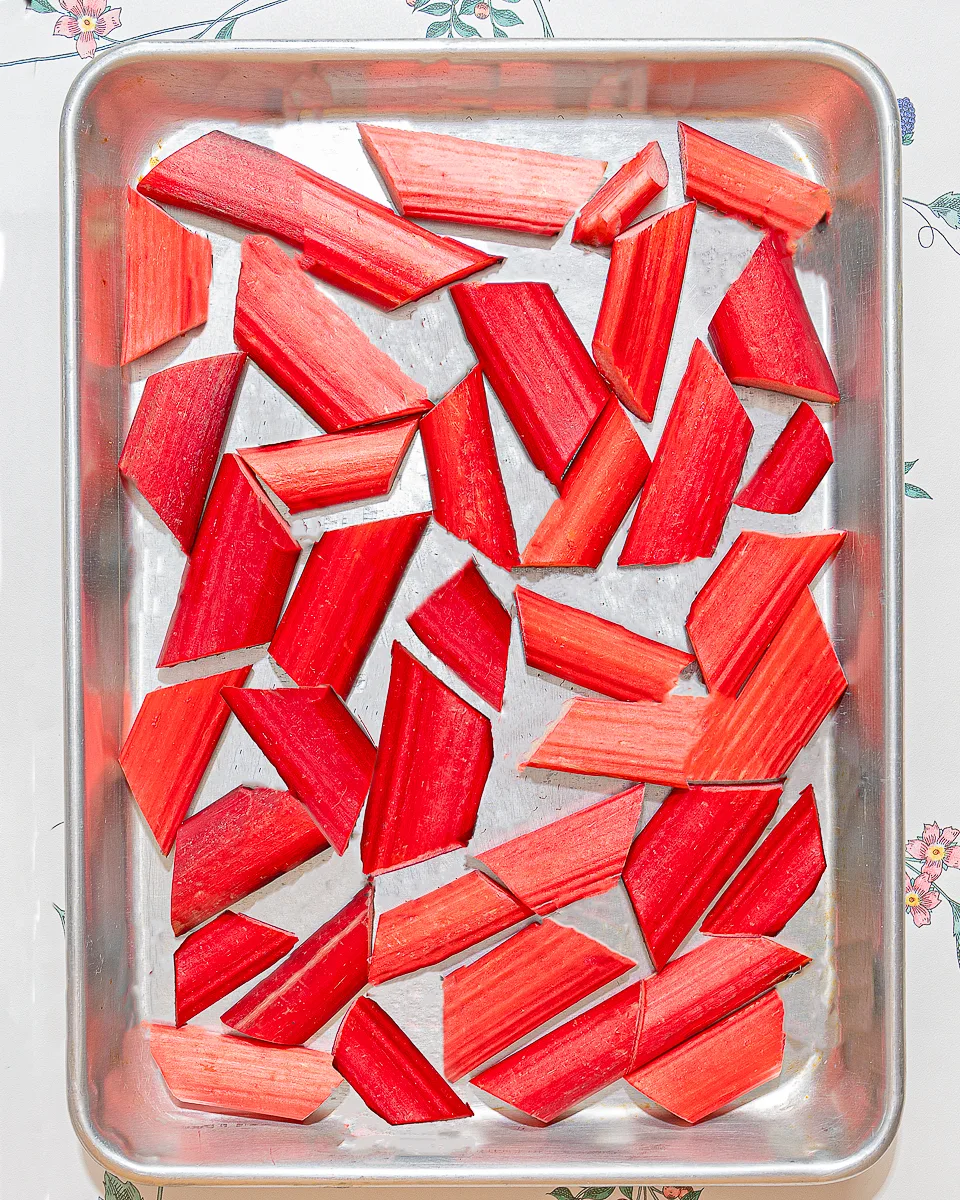
Rhubarb is a delicious and versatile spring vegetable used in many dishes.
Rhubarb is in season from April through June. It has long, thick stalks with red or green leaves. The red or green stalks are the only edible part of the plant. Rhubarb can be stored in the refrigerator for about one week after purchase if wrapped in plastic wrap in a plastic bag. If you have more than one stalk, cut off the leaves and store them separately so they don't wilt before you use them again.
It may seem intimidating if you've never cooked with rhubarb before. But don't worry! Once you learn how to cook rhubarb properly, you'll make delicious dishes in no time. Here are some of the ways I'll be cooking with rhubarb this spring:
Roasting
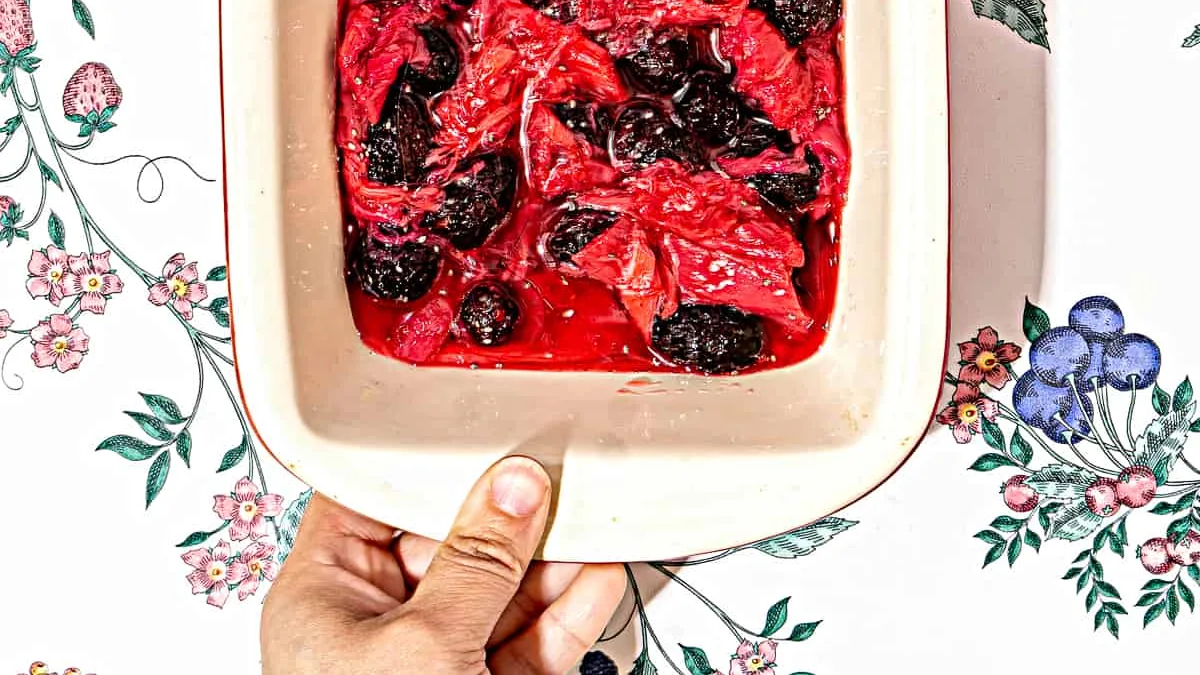
One delicious way to cook rhubarb is by roasting it. Chop the rhubarb into bite-sized pieces, toss it with some sugar, and roast in the oven until tender. Roasted rhubarb is an excellent topping for yogurt or ice cream and can be used in baking!
It's so simple to roast rhubarb that you may wonder why you haven't tried it before. Simply chop the rhubarb into bite-sized pieces and toss it with some sugar (it helps the sugars in the rhubarb caramelize). Roast at 400°F until tender, about 10 minutes or so. You can also use roasting to create a chutney for baked ham or duck – add brown sugar and black pepper to taste.
Stewing Rhubarb
This is the easiest way to cook rhubarb because you only need water and sugar. First, cut the stalks into 1-inch pieces and place them in a saucepan with enough cold water to cover them by about 1 inch. Add sugar according to taste — ensure enough liquid in the pan so the rhubarb doesn't burn — then bring everything to a boil over high heat. Reduce heat slightly, cover the pan, and simmer until rhubarb is tender but still holds its shape, about 10 minutes.
Baking
Baking rhubarb is another popular way to prepare this vegetable. This involves cutting the rhubarb into small pieces and placing them in an oven-safe pan that is lined with parchment paper or aluminum foil so they don't stick to the bottom of your pan while baking them at 350 degrees Fahrenheit for 15 minutes until they become tender enough to eat quickly without needing any additional preparation such as peeling off their skin first before eating them raw!
Poaching
One of my favorite ways to cook rhubarb is by poaching it in a simple syrup. Cut the rhubarb into small pieces and simmer it in water and sugar until tender. This is a great way to infuse the rhubarb with flavors like vanilla or cinnamon (delicious).
You can also add a bit of orange zest to the mix, which will complement the orange-like taste of the fruit. It's essential to keep your poaching liquid from coming to a full boil because this will cause your syrup to thicken into candy rather than remaining loose and syrupy.

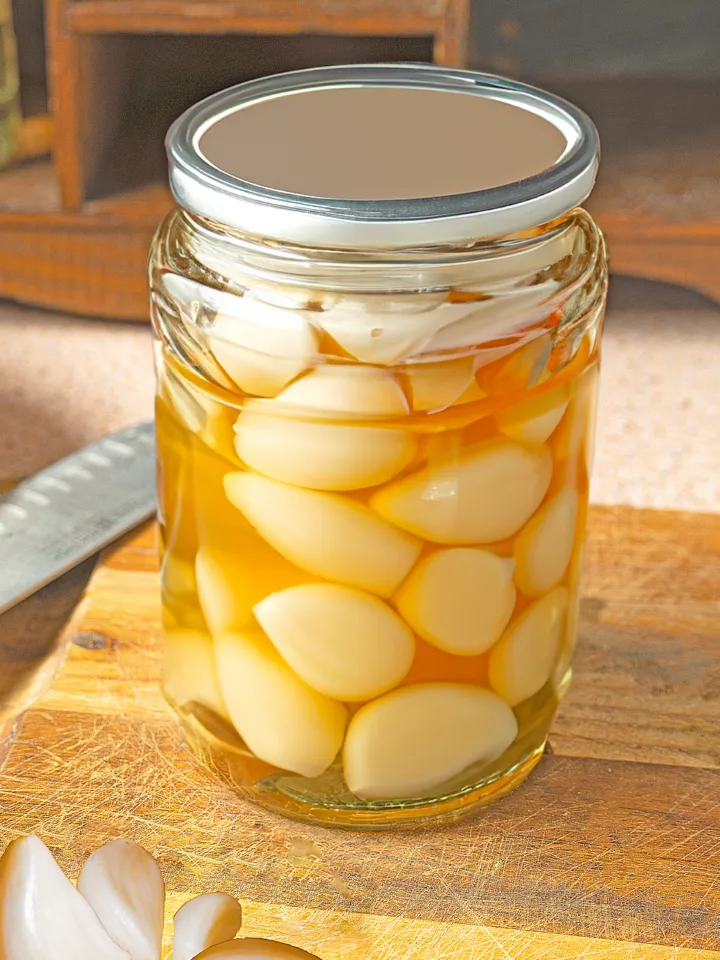
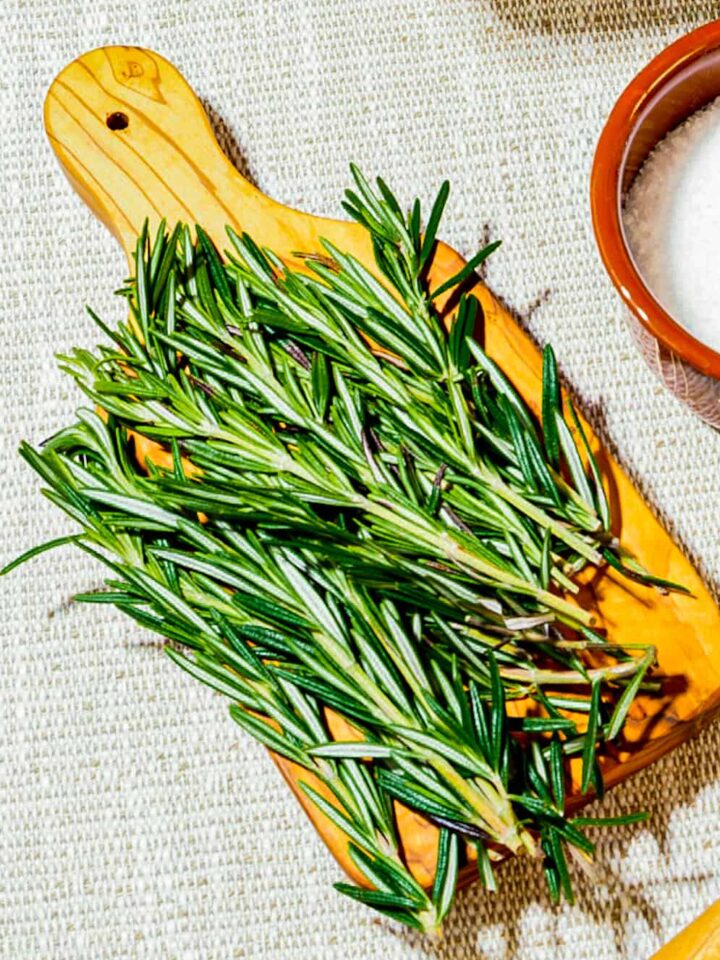
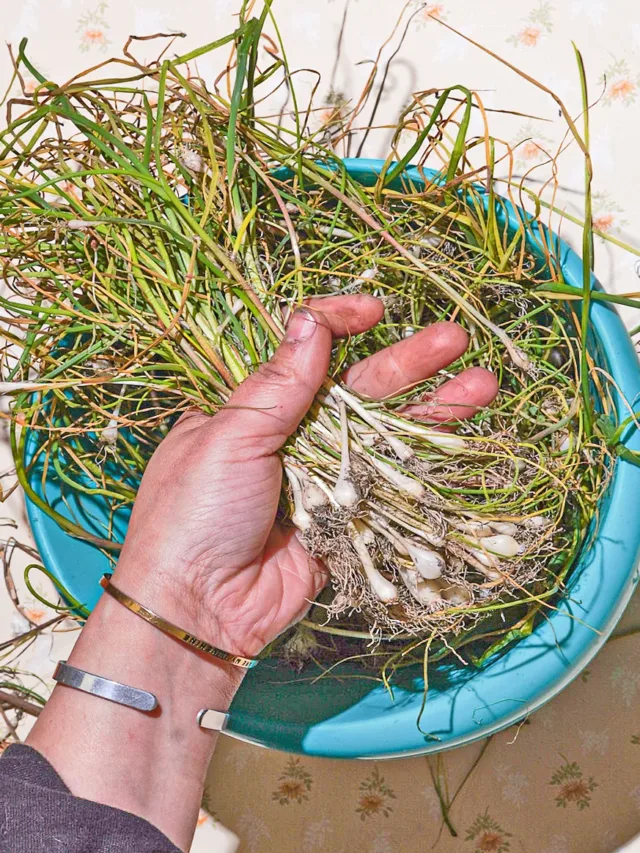
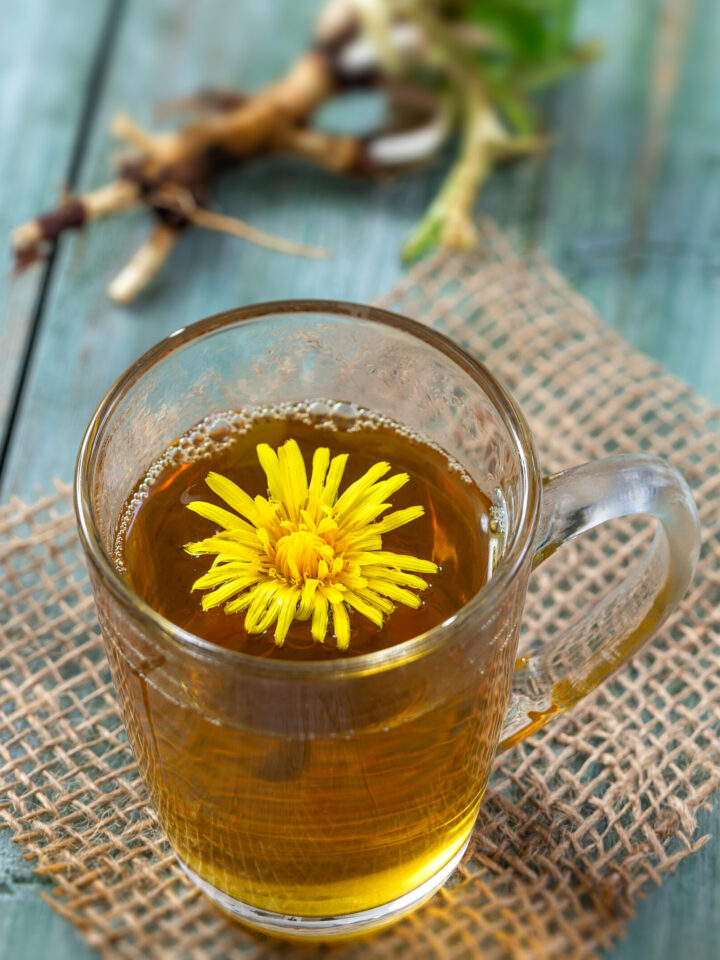

Comments
No Comments